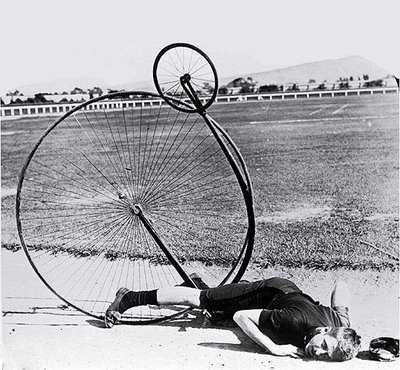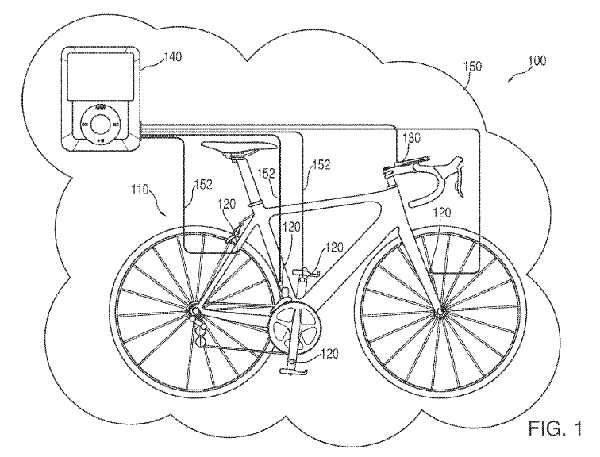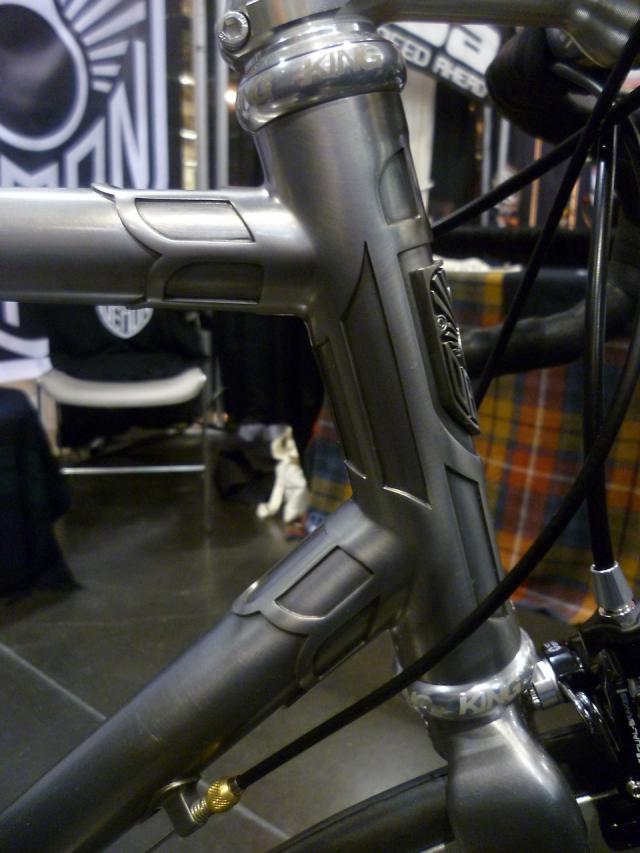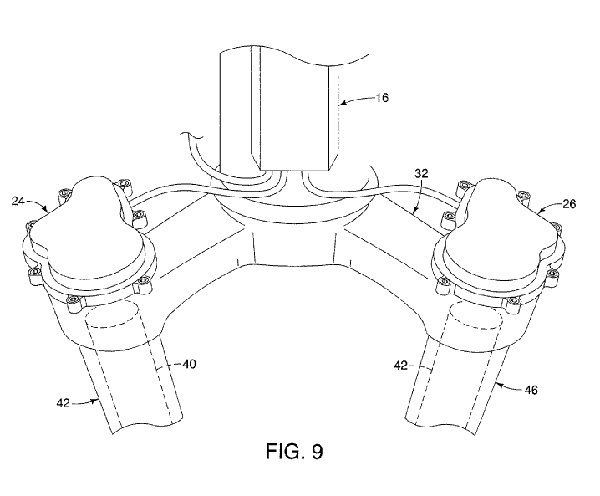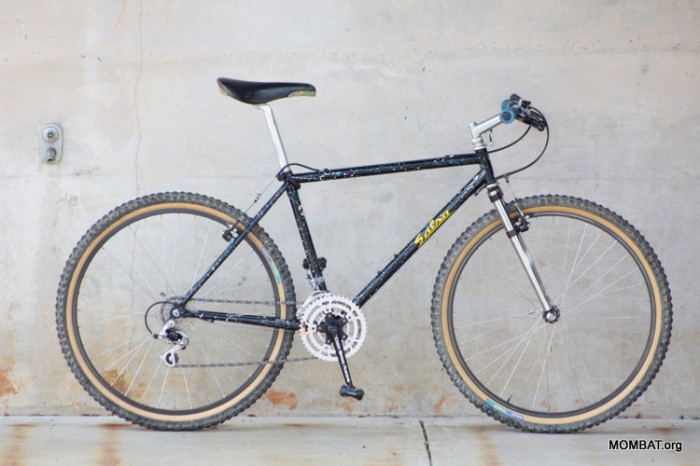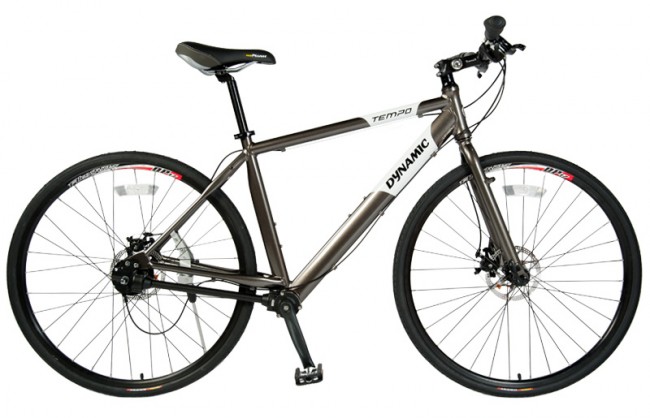The bicycle that shifts by reading your thoughts has surfaced again, this time at the South by Southwest “music, film and interactive conference” in Austin, Texas. I’ll admit to not fully understanding what the SXSW “conference” is, exactly, though it appears to be both a showcase for derivative hipster music and an excuse to write off travel expenses for tech nerds whose companies won’t cover travel to Burning Man. In keeping with the theme of information nobody gives a shit about then, I’d like to hereby announce that I no longer care how anybody controls his or her bicycle. Mind controlled bike done as a publicity stunt by Toyota to sell cars, battery operated suspension systems, four D-cells that pump water from a Camelbak directly into your mouth–whatever. I’m all for it.
Yes, it’s 2012 now, and I’ve decided there’s no place left for my usual neo-retro-grouch pose on this subject. Why be a critic? I like conferences. I like music you have to be drinking to enjoy and rooms filled with hotshit tech entrepreneurs who still live at home. Have a new web and iPhone app that lets me swap dryer lint with a person in Ohio? Nice work! Made a film that re-imagines Hitler’s death as the work of time-traveling Icelandic superstar, Bjork, who assassinates Nazis with sound before a grand finale battle scene with the ghost of Wagner? How creative! Do tell me more about your mash-up of dubstep, ’80s metal, and things Mike Patton would say out loud in a Whole Foods. Seriously, who says America’s best days are behind us? If this is what we make now, I’m all for it.
But let’s go all in.
If Toyota’s “embrace the green and figure out how to wedge an iPhone in there somewhere, too” hipster ad campaign helped pay even a small part of the development costs of a new Parlee frame design, then sure, add all the neuro crap you want, as long as we all get to see that new frame. Hell, I’d like to see corporate money going to lots of innovative small bicycle companies. We’re hip now, bicycle people. We can help sell Michelob Ultra. Work it.
Here are just a few of my dream announcements at this year’s SXSW conference:
- PepsiCo CEO Indra Nooyi announces a “potential” new design project in collaboration with “genuine” frame builder Richard Sachs to develop a clear plastic bicycle frame that doubles as a habitat for endangered Beluga Sturgeon eggs, with built-in rear-wheel assist motor powered by “mass hatching.” Sachs, who does not attend the event, issues no comment, but a photo surfaces on Facebook depicting him emptying a can of Mountain Dew into a toilet.
- Pabst Brewing Company owner C. Dean Metropoulos debuts a film and YouTube channel about the development of the company’s combination urban bicycle and home brewing system, featuring a bicycle frame crowdsource designed by “everybody in Minneapolis.”
- In an attempt to build credibility in the U.S. market and citing “deeply waning interest in Jennifer Lopez,” car manufacturer Fiat announces a joint partnership with Nokia and bamboo bicycle guru Craig Calfee, to create “a stylish and modern take on the classic ‘Fred Flintstone’ human-powered vehicle.” Ashton Kucher is a rumored investor.
- In a clear bid to return to his roots, Hollywood director Sam Raimi announces a documentary on the making of frame builder Erik Noren’s Evil Dead track bike, a bike that uses a chainsaw chain and is painted with genuine blood because Noren is, as Raimi announces at the movie premier, “Fucking awesome.”
- Long-time sponser of events in which people are barely conscious of what snack foods they actually ingest, Doritos, announces a partnership with FedEx, Taco Bell and online retailer Competitive Cyclist. For a “very modest” additional charge, your Pinarello Dogma 2 with Super Record 11 EPS is now available shipped in its own impact-absorbing, environmentally friendly* and delicious Dorito-based taco shell. (*Legal disclaimer: some Dorito-based products have proven unable to decompose naturally under any circumstances, including human consumption.)
It’s a brave new world of corporate sponsored innovation, art and “interactivity” and I, for one, am ready.








